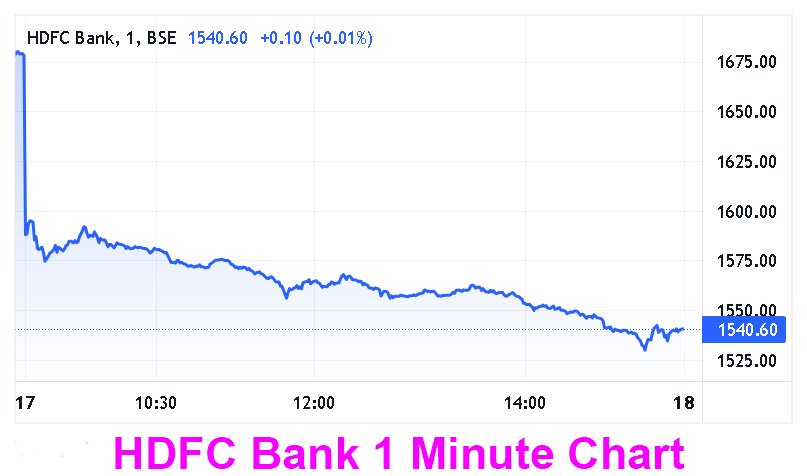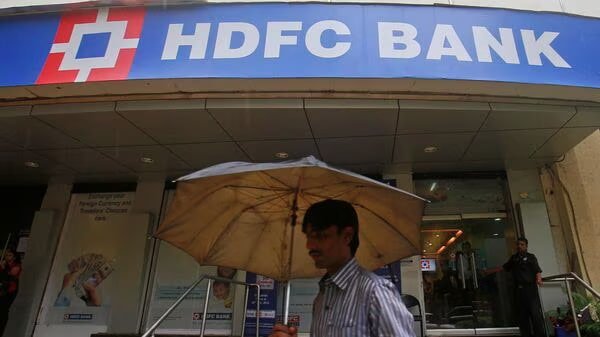The stock’s potential growth depends on net interest margin enhancement, which is expected to progress slowly.
HDFC Bank Faces Margin Pressure in Q3FY24
The margin performance of HDFC Bank Ltd in the December quarter (Q3FY24) failed to impress investors, signaling a continued struggle in this area. The net interest margin (NIM) on total assets remained stagnant at 3.4% compared to the previous quarter, which led to a significant drop in the stock price by nearly 7% on a day when the benchmark Nifty 50 index was down 1.8%.

Despite the absence of the incremental cash reserve ratio (ICRR) requirement, the bank’s NIM suffered due to higher funding costs and a slower growth rate in retail loans. Additionally, the liquidity coverage ratio fell to 110% from 121% in Q2, further impacting the margin.
As a result, the management anticipates a potential recovery in NIM, driven by an increase in retail loan growth and a boost in the current account savings account (CASA) ratio in the coming periods.
Overall, the latest margin performance underscores the challenges faced by HDFC Bank in maintaining robust margins amidst evolving market conditions and regulatory requirements.
Future Prospects and Recovery Strategy
The management’s confidence in the anticipated recovery is hinged upon the expected uptick in retail loan growth and the strategic emphasis on enhancing the CASA ratio. With these initiatives, the bank aims to mitigate the impact of higher funding costs and tepid retail loan growth on its margin in the near term.
The resolution of regulatory constraints and proactive measures to bolster retail loan growth and optimize funding sources will be crucial in steering HDFC Bank towards a more favorable margin trajectory.
Investor Sentiment and Market Reaction
The market’s reaction to the bank’s Q3FY24 margin performance reflects investor concerns and underscores the significance of margin stability for HDFC Bank’s valuation.
The margin pressure in Q3FY24 necessitates a proactive approach from the bank to restore investor confidence and bolster its competitive positioning in the evolving financial landscape.
Analyzing HDFC Bank’s NIM and Deposit Growth Concerns
Financial experts at Macquarie Capital Securities (India) believe that the Net Interest Margins (NIMs) during the early phase of the policy rate cycle will be influenced by a rise in yield on loans, while the later phase will see greater dependence on replacing high-cost liabilities obtained from erstwhile HDFC Ltd. The broking firm highlights that the replacement of high-cost borrowings with deposits from the former HDFC Ltd will be a protracted process.
HDFC Bank encountered a modest 1.9% sequential growth in deposits in Q3, trailing the 4.9% surge in loans. This resulted in a loan to deposit ratio of approximately 110%, prompting concerns. The management anticipates a reduction in this ratio in the forthcoming quarters.
Yes Securities (India) analysts noted the challenges faced by the bank in driving deposit growth through branch expansion, citing the sluggish pace of branch additions and the focus on locations outside Tier-1 centers, which possess lower deposit potential.
It is noteworthy that HDFC Bank only added 270 branches in the nine months ended December, in contrast to 840 branches added during the same period last year.
Following a decline on Wednesday, HDFC Bank’s shares have decreased by 3% over the past year. Significantly positive movements in the stock heavily rely on NIM enhancement, which is likely to occur gradually at best.
Kotak Institutional Equities analysts pointed out that although NIM seems to have reached a low point at 3.4%, the factors driving NIM expansion are slower than anticipated, leading to downward adjustments in their earnings projections.
The financial landscape surrounding HDFC Bank’s NIM and deposit growth presents a complex challenge that demands a nuanced strategy to navigate through the hurdles and capitalize on potential opportunities in the future.











